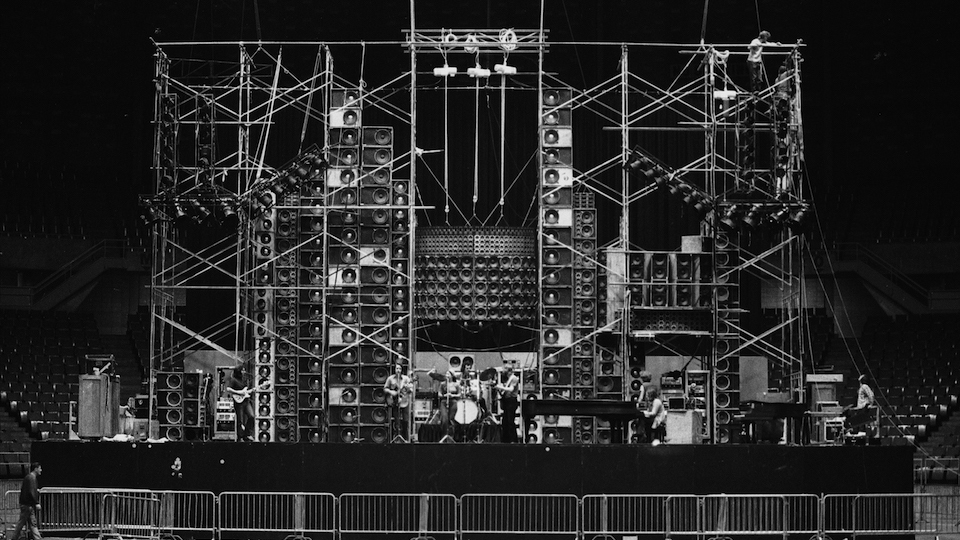

Since then, the legend of Owsley “Bear” Stanley III‘s Wall has lived on through fan lore, photographs, videos, that scene in The Grateful Dead Movie and, of course, audience recordings. The real Wall of Sound was shelved as the Dead took a much-needed touring hiatus from October 1974 through June 1976. Not just any wall, but a scale model recreation of the Grateful Dead‘s famous-or infamous, depending which side of the production you were on-public address system used for 35 concerts between March 23rd, 1974 and October 20th, 1974. Then there’s Anthony Coscia, who decided to build a wall. Some people bought Pelotons, some people baked bread.
WALL OF SOUND GRATEFUL DEAD FREE
That doesn't happen here, even in the extended "Weather Report Suite" that incorporates "Dark Star" and "China Doll." Just as surprising, keyboardist Keith Godchaux and his wife, singer Donna, are at their most precise and restrained their ability to enrich the band's sound is evident.When COVID-19 forced everyone inside, we were all tasked with filling our newfound free time. Many even very-strong Dead shows have a period where the band's impulses get out of sync and the momentum gets lost for a few, or quite a few, minutes. Of course I'm affected by my dazzled-fan's memories, but this does seem like an exceptional Grateful Dead gig. Blues" was as fresh and forceful as I'd long remembered. It was particularly satisfying to confirm that the version of the then-unreleased "U.S.

None of that is evident in the gorgeous sound mix ofĭave's Picks Volume 9.

There have been complaints that the Wall of Sound slighted vocals or had distinct tinniness. Awed by the Wall of Sound, I walked all around the Harry Adams Field House, and it was like Jerry Garcia was picking guitar right next to me. Now, I am hardly an audiophile zealot, but if you look up "Grateful Dead" and "Wall of Sound" on the Internet, you will findĪ lot of information that will fascinate.Īt every other arena show I'd heard, the only decent-sounding place to be was right in front of the stage. Stanley's solution in 1974 was an enormous conglomeration of amps and speakers called the People forget nowadays that the Grateful Dead's sound engineer, Owsley Stanley, was as dedicated to superior music systems as he was to manufacturing LSD. This Grateful Dead show was not like that, as you can hear on the new live album It happened in spaces designed more for hockey rinks and basketball players than electrified hippies. I knew one thing about the few rock concerts I had seen: The force of the music could overwhelm the senses, but it sounded lousy, blaring and distorted, with often incomprehensible vocals. This was a major event, since rock shows were rare around Montana back then - you had to motor to San Francisco or at least Denver to have more than minimal live rock experience. The one time the Grateful Dead ever performed in Montana was at the Harry Adams Field House at the University of Montana in Missoula, where I was about to graduate from college. Back when the Dead show happened, it was amplified rock 'n' roll in sports arenas. Today, the lo-fi medium is MP3s through earbuds. And I realized that passions about good-sounding music go through cycles. Grateful Dead concert I attended almost 40 years ago.

Pono music player designed to spark a huge boost in audio fidelity, I listened for the first time to a recording of a


 0 kommentar(er)
0 kommentar(er)
